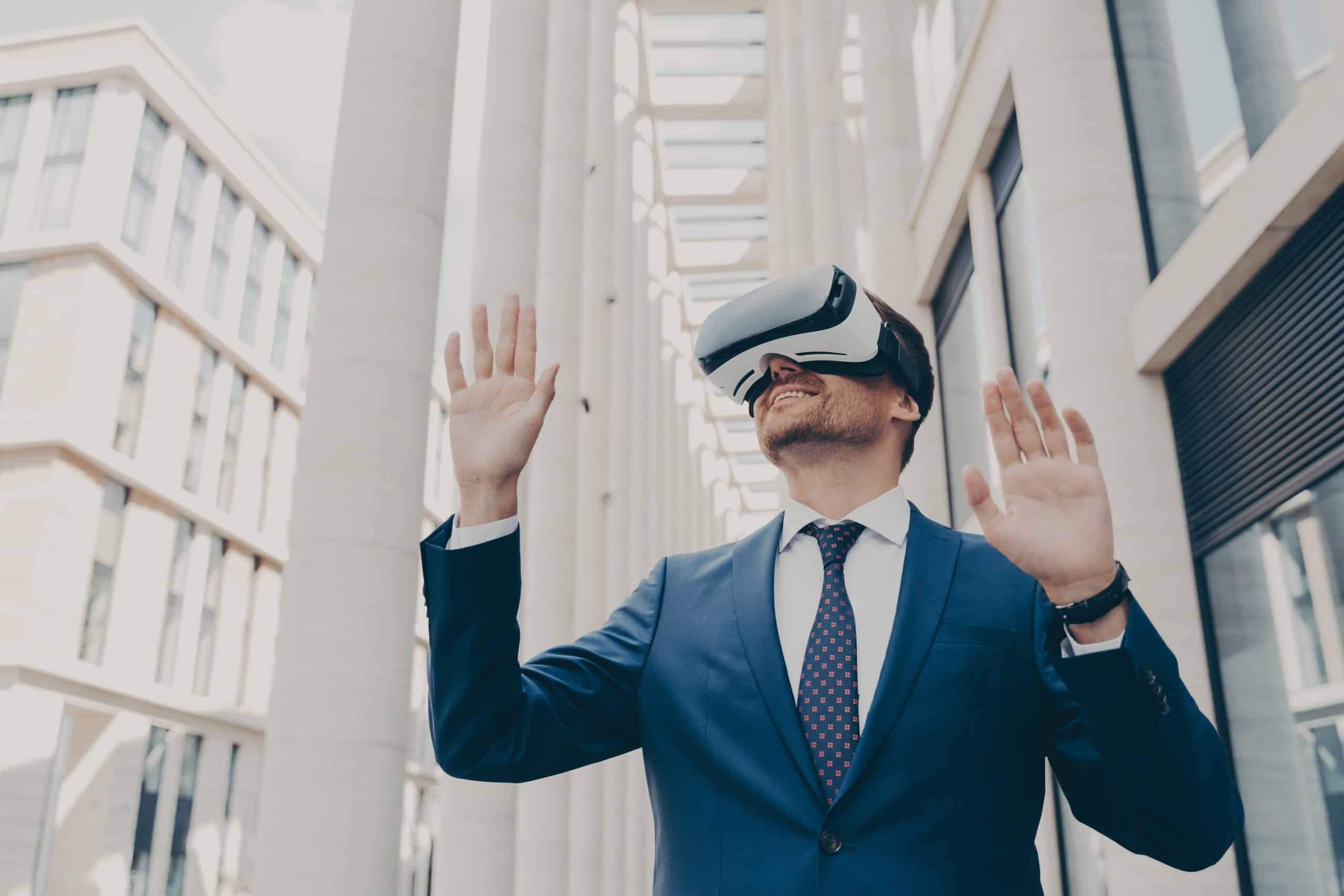How Can UK Small Businesses Integrate Augmented Reality in Retail Displays?

In today’s digital age, consumers are always on the lookout for innovative shopping experiences. Retailers, you can offer your customers an exciting, interactive shopping experience by integrating augmented reality (AR) into your retail displays. This emerging technology allows you to blend the real and virtual worlds, offering a product experience that is both digital and tangible. In this article, we delve into this subject and explore how small businesses in the UK can utilize AR in retail.
Understanding Augmented Reality in Retail
Before we delve into how small businesses can integrate AR in retail displays, it’s crucial to understand what this technology means for the retail sector.
A lire en complément : What Is the Best Way for UK Legal Consultants to Utilize AI in Contract Analysis?
Augmented reality uses technology to overlay digital information onto the real world. In the context of retail, it means enhancing physical products with virtual components. This creates an interactive experience for shoppers as they can visualize products in different scenarios without leaving the store.
When customers can interact with products in a virtual context, it enhances their shopping experience. This technology gives shoppers a new level of product interaction that encourages more purchases. The integration of AR in retail displays is not just a flashy gimmick; it’s a practical tool that can boost your sales and customer engagement.
Sujet a lire : What Are the Key Factors for UK Book Publishers to Consider When Transitioning to Audio Books?
Steps to Integrate Augmented Reality into Your Retail Displays
For small businesses looking to integrate augmented reality into their retail displays, the process may seem daunting. However, with the right approach, you can successfully implement this technology and reap its benefits.
1. Understanding your customer needs: Start by understanding your customer’s needs and how AR can fulfill them. Will AR help your customers make better product choices? Will it make their shopping experience more enjoyable or efficient? These are critical questions to answer before integrating AR into your retail displays.
2. Choosing the right AR technology: Next, you need to choose the right AR technology for your retail store. There are various AR platforms available, from mobile apps to wearable devices. You need to choose a platform that fits your business model and meets your customers’ needs.
3. Designing the AR experience: After choosing a platform, you need to design the AR experience. This involves creating digital elements that augment your physical products. You can work with an AR developer to help you create these elements.
4. Training your staff: Once your AR experience is ready, you need to train your staff on how to use this technology. Your staff should be able to guide customers through the AR experience and answer any questions they might have.
The Benefits of Augmented Reality in Retail
Integrating augmented reality into your retail displays can provide several benefits.
Increased customer engagement: AR technology can make shopping more interactive and fun. This can attract more customers to your store and keep them engaged for longer periods.
Improved product visualization: AR allows customers to visualize products in different contexts. For example, customers can see how a piece of furniture might look in their home or how a dress might look on them. This can help customers make more informed purchasing decisions.
Enhanced brand image: Using AR technology can enhance your brand image. It shows that your business is innovative and up-to-date with the latest technological trends.
Examples of Successful Augmented Reality Integration in Retail
Several big-name retailers have successfully integrated AR into their retail displays and reaped significant benefits.
For instance, IKEA, a Swedish furniture retailer, launched an AR app that allows customers to visualize furniture in their homes before purchasing. This app has significantly enhanced the customer shopping experience, leading to an increase in sales.
In the fashion industry, high-street retailer Zara launched an AR app that showcases its latest collections in a virtual runway show. Shoppers in-store can point their phone cameras at designated spots, triggering catwalk models showcasing the clothes.
While these are large companies, their successful integration of AR into retail shows the potential this technology holds for retailers of all sizes.
In conclusion, integrating augmented reality into your retail displays can significantly enhance the customer shopping experience. While it may seem like a daunting task, with the right approach, small businesses can successfully implement this technology. So, are you ready to take your retail business to the next level with AR?
The Impact of Augmented Reality on Retail Sales and Conversion Rates
Augmented reality has a significant impact on retail sales and conversion rates. By enhancing the shopping experience, AR technology can boost your retail business’s bottom line.
One primary way AR enhances the shopping experience is by allowing customers to visualize products in a real-life context. When shoppers can see how a product fits into their lives, they are more likely to make a purchase. For example, a furniture retailer might use AR to let shoppers visualize how a couch would look in their living room. This helps customers make more informed purchasing decisions, which can lead to increased sales.
Moreover, AR can also improve conversion rates by making the shopping experience more engaging and interactive. When customers are engaged, they are more likely to make a purchase. AR can make the shopping experience feel more like an adventure than a chore. Customers can interact with products in a virtual world, testing out different features and seeing how the product works in a way that isn’t possible in a traditional brick-and-mortar store. This can lead to higher customer engagement and conversion rates.
Finally, AR can help small businesses compete with larger retailers by offering a unique, immersive shopping experience. While big-name retailers might have the resources to build elaborate physical displays, small businesses can use AR to create engaging virtual displays that draw customers in. Therefore, integrating AR into your retail displays can give your small business a competitive edge.
Augmented Reality and Customer Satisfaction
In addition to boosting sales and conversion rates, augmented reality can also enhance customer satisfaction. A positive shopping experience can leave a lasting impression on customers, making them more likely to return to your store in the future.
With AR, customers can interact with products in real time, seeing how they work and what they look like in different scenarios. This ability to interact with products can make shopping more enjoyable for customers, making them more satisfied with their shopping experience.
Moreover, AR can help customers feel more confident in their purchasing decisions. When customers can visualize a product in their home or on their body, they can make more informed decisions. This can reduce the likelihood of returns and increase customer satisfaction.
In addition, AR can enhance the customer experience by making shopping more efficient. Instead of having to search through racks of clothes or shelves of products, customers can use AR to find exactly what they’re looking for.
In conclusion, integrating augmented reality into your retail displays isn’t just a way to stay ahead of the technological curve; it’s a strategic move that can boost your sales, conversion rates, and overall customer satisfaction. As we’ve seen, AR can transform the shopping experience, making it more interactive, engaging, and efficient. While the task may seem daunting, remember that you don’t have to do it alone. By seeking expert help and staying committed to understanding your customers’ needs, your small business can successfully integrate AR and reap its benefits. So why wait? Take the leap and revolutionize your retail business with augmented reality today.
